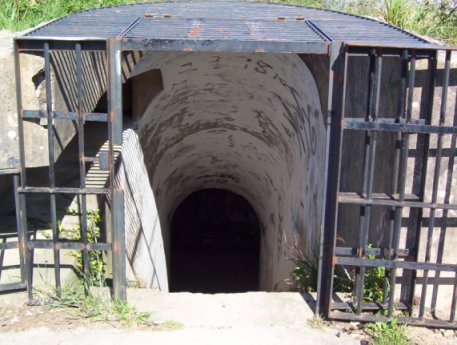Watch the sun rise and set all over the world on this real-time, computer-generated illustration of the Earth's patterns of sunlight and darkness. The clouds are updated daily with current weather satellite imagery.
This is the magic of the ROTATION movement of the Earth.
http://www.die.net/earth/
THIS IS OUR INCREDIBLE EARTH!!!!!!!!
ROTATION AND REVOLUTION OF THE EARTH
"When in Rome do as Romans do"
Read through this text on religion in Ancient Rome and have a look at the concept map below. Notice that we read, understand and rewrite the information on the text using key words.
 | |||
In Latin, “religio” means “something that binds.” For Romans, religion was a force that bound families together, bound subjects to their ruler and bound men to the gods.
Private and public
Roman religion was divided into two. Spirits watched over people, families and households, and the paterfamilias was in charge of the household worship that honored them.
Romans also had a set of public gods, such as Jupiter and Mars. State worship was much more formal: colleges of priests paid tribute to these gods on behalf of Rome itself.
Divine blessing
The objective of Roman worship was to gain the blessing of the gods and thereby gain prosperity for themselves, their families and communities.
Emperors understood the central importance of religion to the lives of the Romans and used it for their own ends. Augustus appointed himself as the chief priest – or Pontifex Maximus – and used the appearance of Halley’s Comet to claim that he was, himself, the son of a god.
Cult worship
Unlike most religions today, the Roman gods did not demand strong moral behavior. Roman religion involved cult worship. Approval from the gods did not depend on a person’s behavior, but on perfectly accurate observance of religious rituals. Each god needed an image – usually a statue or relief in stone or bronze – and an altar or temple at which to offer the prayers and sacrifices.
Judaism in Ancient Rome
However, the Roman religion was not the only one practiced in the first century AD. Far from it. Communities of Jews had existed in cities throughout the Roman Empire for centuries. Although they were generally treated with respect, trouble did occur. The Jewish philosopher, Philo, wrote of brutal treatment in Alexandria, while a revolt in Judaea led to the destruction of the temple and a change in the practice of the Jewish faith.
Rise of Christianity
The first century also saw the birth of a brand new religion. Although he was executed by Rome at an early age, Jesus would have a massive impact on the Roman Empire. After his death, his message of eternal life and hope was spread across the empire by missionaries such as Paul. And although Christians in Rome suffered appalling persecution at times, their ideas refused to die: instead, they would conquer Rome itself.
| |||
HISTORY THROUGH THE AGES. Students´ project
WONDER S OF THE WORLD AND
THE SEVEN WONDERS OF NATURE
https://maps.google.es/maps/ms?msid=204820275343123259343.0004b74764e772a1ac02b&msa=0
TEN WAYS TO GO GREEN
Going green is easier than you think.
Because a wonderful life is worth sustaining.
It is the sweet, simple things of life which are
the real ones after all. - Laura Ingalls Wilder
the real ones after all. - Laura Ingalls Wilder
WHAT DO YOU KNOW ABOUT YOUR CARBON FOOTPRINT?
After watching this video use the
carbon footprint calculator by clicking on the link below.
This calculator works out how much CO2 your lifestyle emits in a year. It shows what impact you are having on the environment.
http://www.cooltheworld.com/kidscarboncalculator.php
MAKE EVERYDAY LIKE EARTH DAY
Let´s travel all over the world with Matt Harding.
He is an American traveler, video game designer, and Internet celebrity known as Dancing Matt for his videos that show him dancing in front of landmarks and street scenes in various international locations.
MAKE EVERYDAY LIKE EARTH DAY
Let´s travel all over the world with Matt Harding.
He is an American traveler, video game designer, and Internet celebrity known as Dancing Matt for his videos that show him dancing in front of landmarks and street scenes in various international locations.
Maps are important when travelling and when planning a holiday. Here you are a useful interactive world map.
http://www.worldatlas.com/webimage/countrys/eu.htm
what about using some online dicitionaries to improve our writings?
AND SANTIMAMIÑE 2013
SECONDARY 1
Visit to Aranzadi Bird Center and Santimamiñe 2013 Social and Natural Sciences and Agenda 21 Mungia
BHI on PhotoPeach
















